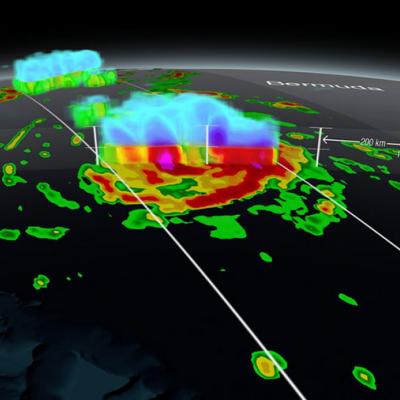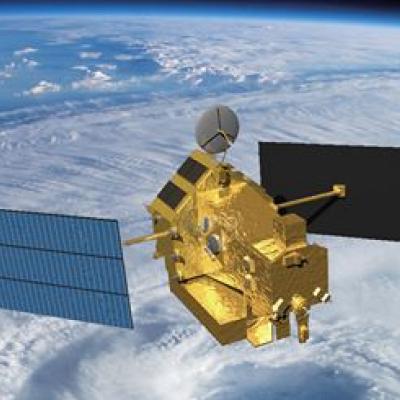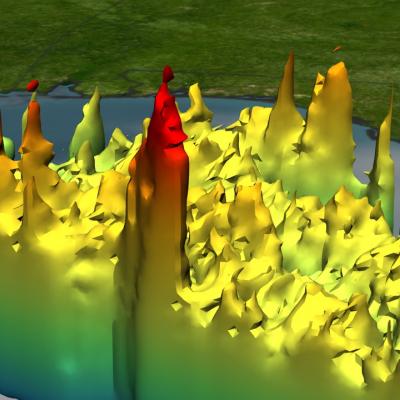PPS is Reprocessing TRMM PR Data as TRMM GPM, Version 06A HDF5 products in Early July 2018
The TRMM Version 7 Precipitation Radar (PR) products will be superseded by new GPM era products with a reprocessing that will generate TRMM retrievals from the beginning of the TRMM mission to the end of data collection using a single frequency retrieval algorithm similar to that used for GPM Ku. This reprocessing will begin in early July, 2018. Retrievals previously available in the TRMM Version 7 products 2A21, 2A23, 2A25, and 3A25 will be available in the new 2APR and 3PR products. Note that these new GPM era products are in HDF5 format and similar in structure to those used for GPM DPR





